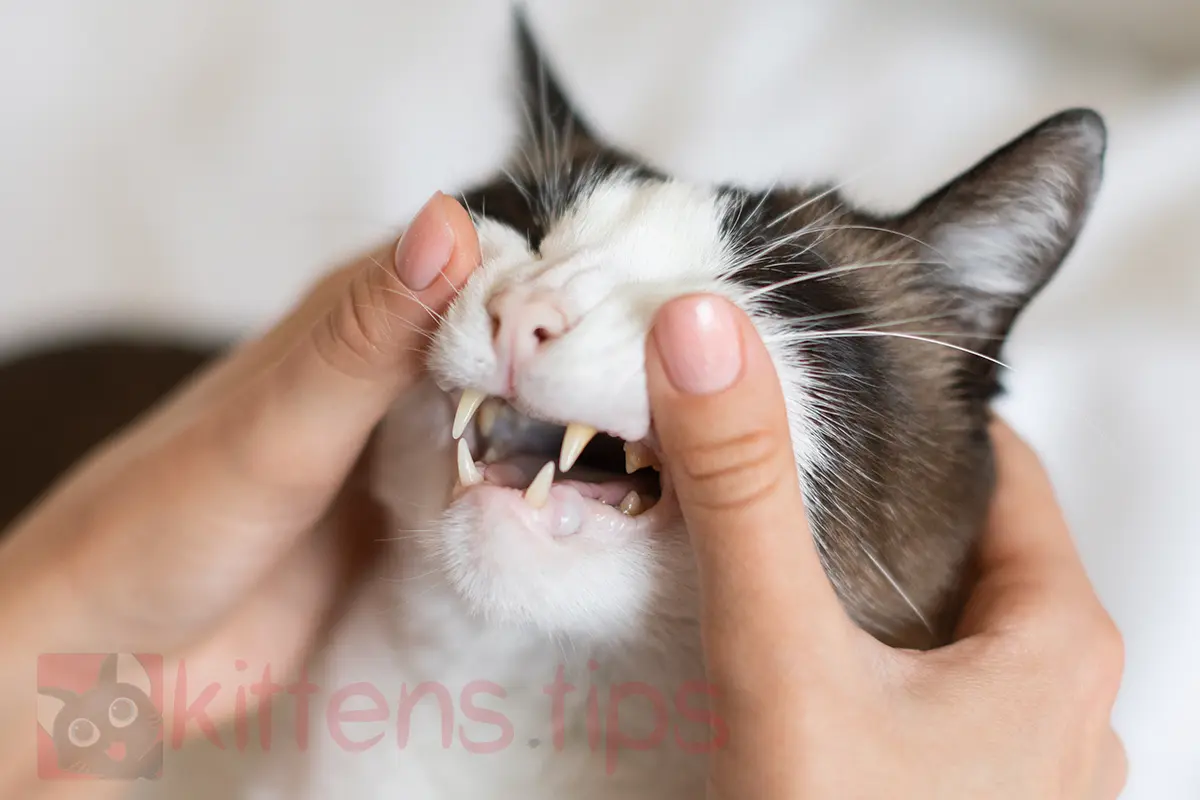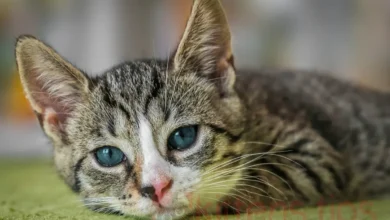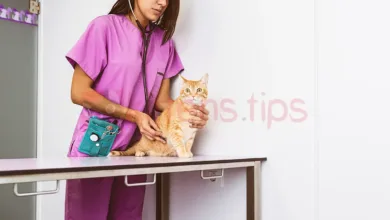
Periodontal Disease in Cats: Causes, Symptoms, and Treatment
Periodontal disease in cats (periodontitis) is a condition that affects the supporting structures of the teeth in the maxillary bones, including the periodontium. There are two main forms of periodontal disease: gingivitis and periodontitis. Gingivitis represents the initial stage in the development of periodontitis and is caused by the acidic secretions and toxins released in dental plaque. These substances have an irritating effect, leading to inflammation, known as gingivitis. When inflammation progresses to infection and extends from the gums to the bone structure of the tooth and ligamentary structures, it can be considered the primary stage of periodontitis.
Periodontitis often arises after untreated and ignored gingivitis. Bacterial plaque accumulates on the teeth, irritating the gums, and the periodontal ligament loses collagen, resulting in the destruction of alveolar bone, weakening the tooth’s attachment.
Table of Contents
Causes of Periodontitis in Cats
In addition to poor oral hygiene, other significant factors that can trigger periodontitis in cats include:
Viral Infections: Feline Calicivirus (FCV) and Feline Herpesvirus (FHV) can play a significant role in triggering gingivitis, while Feline Leukemia Virus (FeLV) and Feline Immunodeficiency Virus (FIV) affect the cat’s immune system, although they are not directly related to gingival inflammation.
Incorrect Teeth Alignment: Abnormal tooth positioning and crowding facilitate the accumulation of bacterial plaque.
Genetics: Some cats are genetically predisposed to dental diseases, and in some cases, periodontitis can develop even with strict adherence to oral hygiene.
Dental Resorption: Lesions in the cat’s oral cavities lead to the development of gingivitis around the teeth.
Immune Diseases: Inflammation of the oral mucosa can be caused by autoimmune or immunomediated diseases, exaggerated immune system reactions to normal stressors like bacteria and toxins accumulated in bacterial plaque.
Bacterial Plaque: Similar to gingivitis, the formation of bacterial plaque on teeth is a primary cause of periodontal disease. Plaque transforms into tartar over time and can cause gingival inflammation.
Tartar: Tartar deposits are formed from minerals derived from saliva and accumulate on teeth. Tartar can irritate the gums and contribute to periodontal disease.
Bacterial Infections: Pathogenic bacteria accumulating around the teeth can cause severe gum and supporting tissue infections and inflammation.
Periodontal disease in cats is a common condition affecting the oral cavity and tooth-supporting tissues, requiring maximum attention and prompt consultation with a specialized veterinarian.
Symptoms of Periodontal Disease in Cats
The primary symptoms of periodontal disease in cats include:
- Unpleasant Breath Odor (Halitosis): One of the first signs of periodontal disease is the unpleasant odor of the breath.
- Gingival Bleeding: Gums may bleed during dental brushing or chewing.
- Difficulty Eating: Cats may experience difficulties in chewing and swallowing, leading to reduced appetite and food consumption.
- Excessive Salivation: Excessive salivation can be a sign of oral discomfort.
- Painful Chewing: Cats may manifest pain during chewing.
- Loose or Falling Teeth: In advanced stages, periodontal disease can lead to tooth loss.
Treatment of Periodontitis in Cats
It is crucial and recommended that the cat be examined by a veterinarian for proper evaluation and treatment planning. The management of periodontal disease in cats requires a careful and ongoing approach to maintain oral health.
The treatment of periodontal disease in cats varies depending on the stage of the disease. For gingivitis without bone loss, dental scaling is effective, involving the removal of bacterial plaque from the teeth, including beneath the gums. These procedures can help manage inflammation and prevent disease progression.
If there is a loss of tooth-supporting structures, and the process is irreversible, the veterinarian may opt for one of the following solutions:
Application of Antibiotics under the Gums: To combat local infections and control bacterial spread.
Root Canal Treatments: In some cases, root canal treatments can be used to preserve the affected tooth while removing the infection inside.
Tooth Extraction: In severe cases where teeth are irreversibly affected, extraction may be necessary to prevent infection spread and alleviate discomfort.
Antibiotic Treatment: In situations of severe infections, the administration of antibiotics may be necessary to combat bacteria and control inflammation.
Pain Management: To ensure the animal’s comfort, medications may be administered to manage pain associated with procedures or the disease state.
Home Oral Hygiene: Owners can play a crucial role in preventing recurrences by adopting regular oral hygiene practices, including dental brushing and the use of specific products designed to maintain dental health.
Maintaining rigorous dental hygiene and regular visits to the veterinarian contribute to ensuring optimal oral health for the pet.


